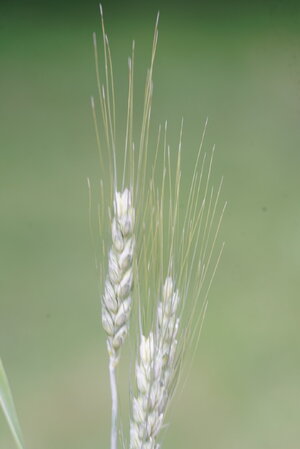Pro Member
- Followers
- 210
- Following
- 43
- Joined
- Mar 1, 2020
- Posts
- 2,789
- Likes Received
- 2,327
- Trophy Points
- 313
- Name
- Tim
- Country
- United Kingdom
- City/State
- Shropshire
- CC Welcome
- Yes
- Admin
- #31
My Sony FE 90mm F2.8 Macro lens has seen plenty of use but these days its collecting dust. I'm not big into true macro but do like close-ups of various critters and like many find that the right telephoto lens can work well here especially for flighty subjects. If I'm going out to shoot bugs or flowers today then it will be the Sony FE 70-200 F4 G Macro lens that comes with me which has a 0.5x magnification but increases to 1x if you add the 2x tele. It's a very versatile and lightweight lens. You've probably already seen some shots from it in our image thread.

